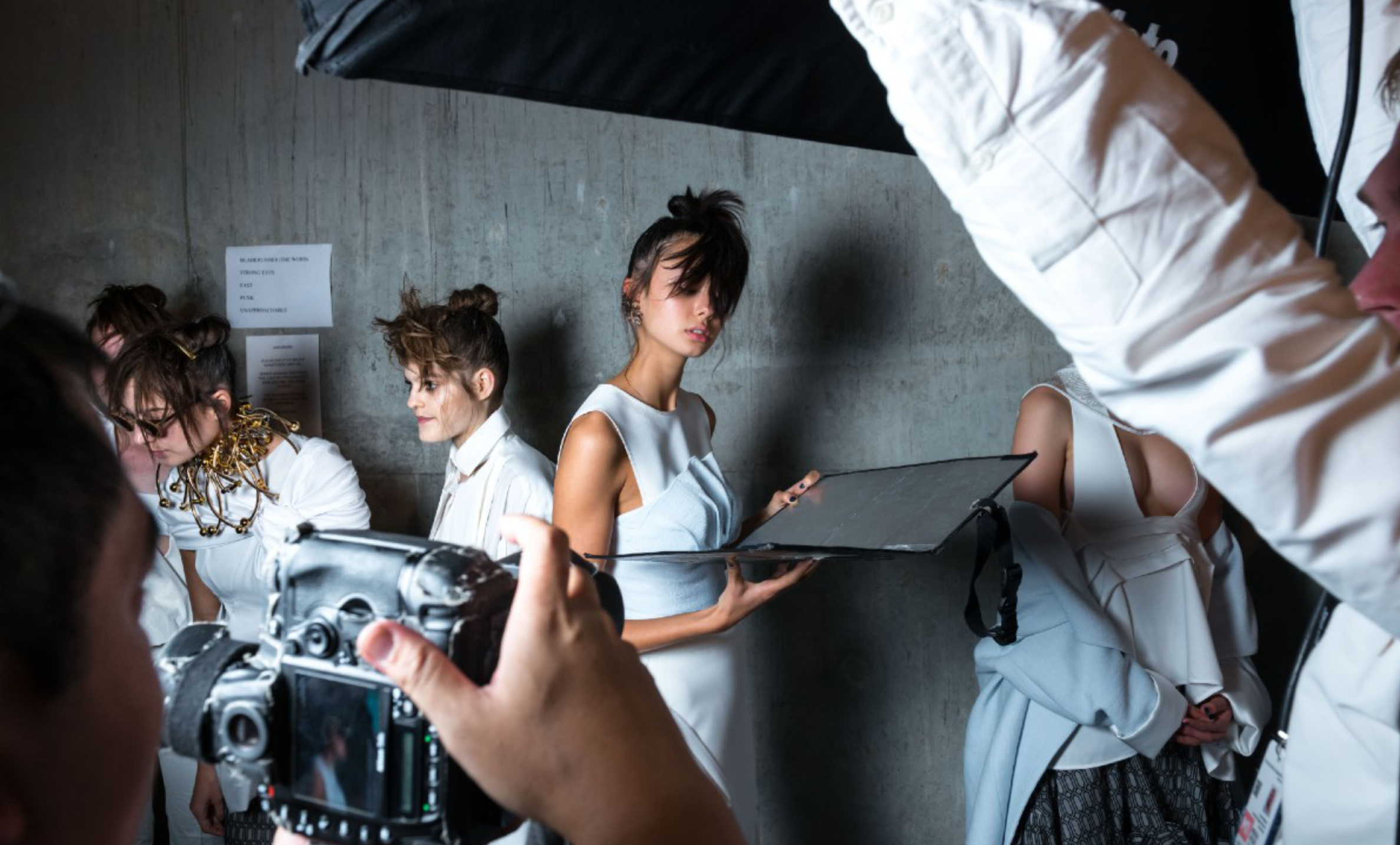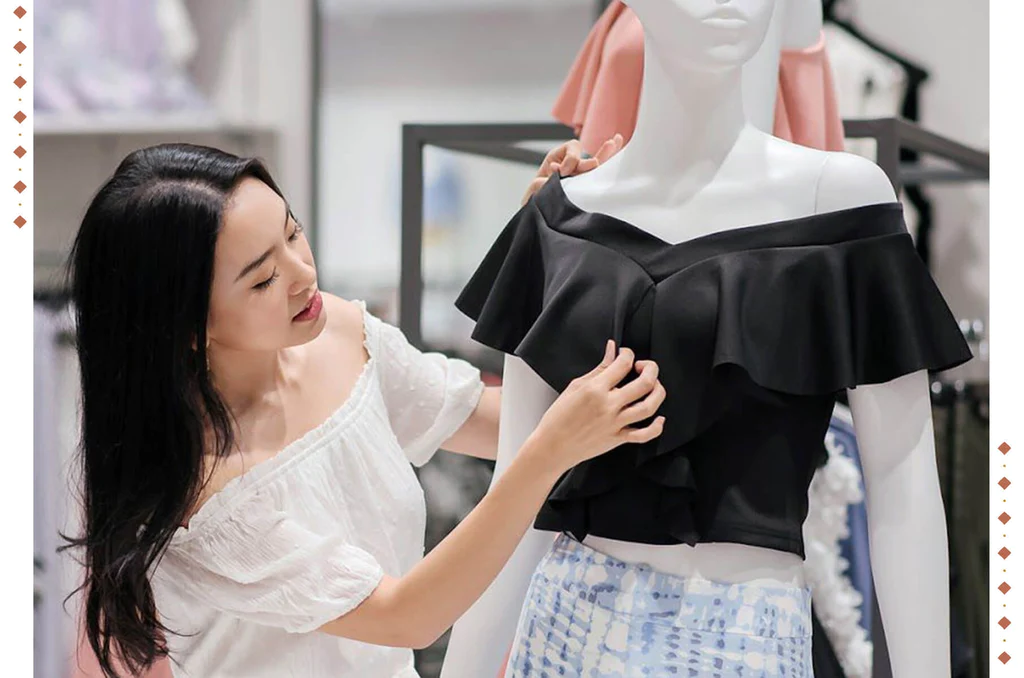Navigating Innovation, Sustainability, and Trends in the Modern Fashion Industry: Fashion Forward
The fashion industry is a dynamic and ever-evolving landscape that reflects societal trends, cultural influences, and individual expression. In this comprehensive article, we will delve into the multifaceted world of fashion, exploring topics ranging from the latest trends and sustainable practices to technological innovations shaping the industry. Join us on a journey through the intricate tapestry of fashion, where creativity meets commerce and style intersects with sustainability.
Section I: Evolution of Fashion Trends
Fashion trends are a reflection of society’s values, aspirations, and cultural shifts. From haute couture runways to street style influences, trends shape the way we dress and express ourselves. In this section, we will explore the evolution of Fashion Industry over time and their impact on consumer behavior.

Historical Perspectives
Fashion has always been a mirror of the times, reflecting social, political, and economic changes. From the opulence of the Renaissance to the rebellion of the 1960s counterculture movement, each era has left its mark on fashion trends. The cyclical nature of fashion sees trends from past decades resurfacing with a modern twist, showcasing the industry’s ability to reinvent itself while paying homage to its heritage.
Influencers and Trendsetters
In today’s digital age, influencers and celebrities play a significant role in shaping fashion trends. Social media platforms like Instagram have democratized style, allowing individuals to become trendsetters in their own right. The rise of influencer marketing has transformed how brands connect with consumers, leveraging authenticity and relatability to drive engagement and sales.
Sustainability in Fashion Trends
As awareness of environmental issues grows, sustainability has become a key consideration in fashion trends. Consumers are increasingly seeking ethically produced garments made from eco-friendly materials. Sustainable fashion brands are challenging traditional practices by prioritizing transparency, fair labor practices, and eco-conscious design. The shift towards sustainable fashion reflects a broader movement towards responsible consumption and ethical production practices.
Section II: Sustainable Practices in Fashion
The fashion industry is one of the largest contributors to global environmental degradation and social injustices. In response to these challenges, sustainable practices have emerged as a critical focus for industry stakeholders. This section will explore various aspects of sustainability in fashion, from ethical sourcing to circular design principles.
Ethical Sourcing and Supply Chain Transparency
Ethical sourcing involves ensuring that materials are sourced responsibly, workers are treated fairly, and production processes minimize environmental impact. Supply chain transparency is essential for tracing the origins of garments and ensuring compliance with ethical standards. Brands that prioritize ethical sourcing build trust with consumers who value transparency and accountability.
Circular Design Principles
Circular design principles aim to minimize waste by designing products with longevity in mind. This approach involves using recycled materials, implementing take-back programs for used garments, and promoting repair and reuse initiatives. By embracing circularity, fashion brands can reduce their environmental footprint while fostering a culture of sustainability among consumers.

Innovation in Sustainable Materials
Advancements in technology have led to the development of innovative sustainable materials that offer alternatives to traditional fabrics. From plant-based fibers like Tencel and hemp to recycled polyester made from plastic bottles, sustainable materials are revolutionizing the way garments are produced. These materials not only reduce environmental impact but also offer performance benefits such as durability and breathability.
Section III: Technological Innovations in Fashion
Technology is reshaping every aspect of the fashion industry, from design and production to retailing and marketing. In this section, we will explore how technological innovations are driving efficiency, creativity, and consumer engagement in fashion.
Digital Design Tools
Digital design tools such as computer-aided design (CAD) software have revolutionized the way garments are created. Designers can now visualize concepts in 3D, experiment with colors and textures virtually, and streamline the prototyping process. Digital design tools enhance creativity while reducing time-to-market for new collections.
Virtual Try-On Technology
Virtual try-on technology allows consumers to try on clothing virtually using augmented reality (AR) or virtual reality (VR) platforms. This technology enhances the online shopping experience by enabling customers to see how garments fit before making a purchase. Virtual try-on reduces returns and improves customer satisfaction by providing a more personalized shopping experience.
Data Analytics in Fashion Retailing
Data analytics plays a crucial role in optimizing inventory management, forecasting demand, and personalizing marketing strategies in fashion retailing. By analyzing customer preferences, purchase patterns, and market trends, retailers can tailor their offerings to meet consumer needs effectively. Data-driven insights enable brands to make informed decisions that drive sales growth and enhance customer loyalty.
Conclusion
The world of fashion is a vibrant tapestry woven with threads of creativity, innovation, and sustainability. As we navigate through evolving trends, embrace sustainable practices, and harness technological advancements, we shape the future of an industry that transcends borders and cultures. By staying attuned to consumer preferences, adopting ethical principles, and leveraging cutting-edge technologies, fashion brands can thrive in an ever-changing landscape where style meets substance. Join us on this journey towards a more inclusive, responsible, and forward-thinking fashion industry where creativity knows no bounds.

